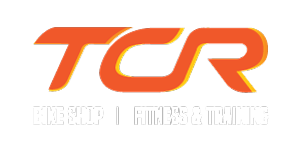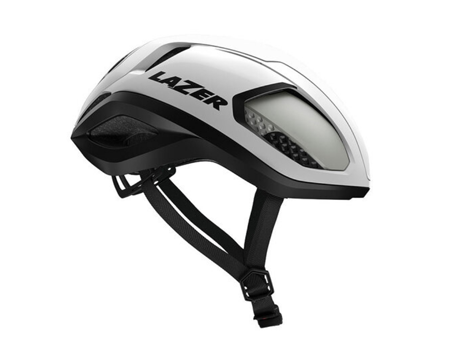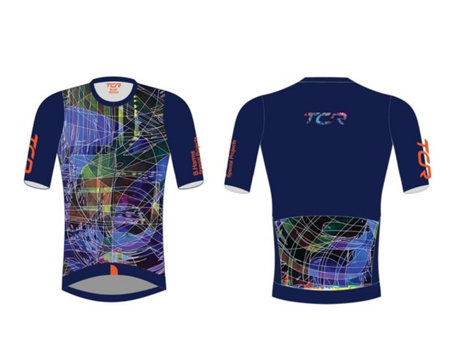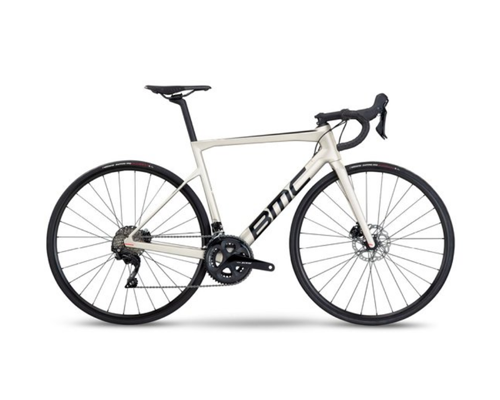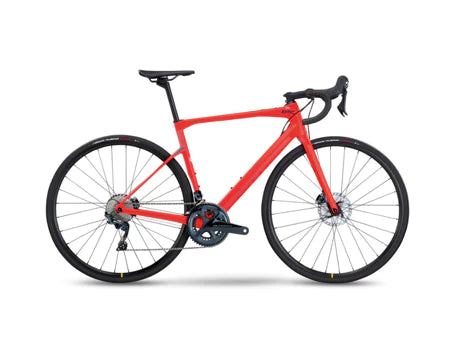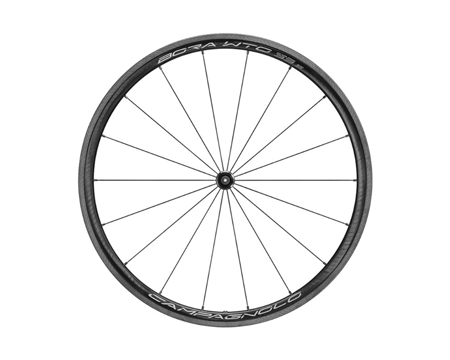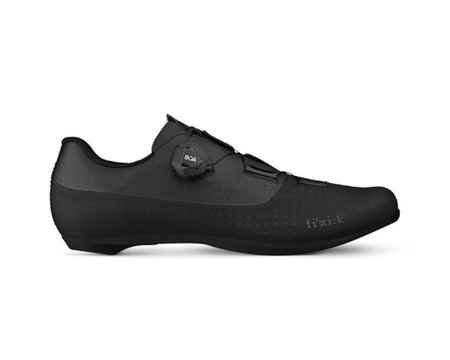Lactate Testing - LT1
The easy way to fitness! by Selina Campbell
Who wants to get fitter this winter? Who wants to get fitter this winter without killing themselves?! Ahhhhh – now I have your attention.
We are now into indoor season, it is time to assess how to get through the winter months and come out stronger, fitter, injury free and not burnt out by April! There is a lot of buzz in the endurance world right now about ‘training like a Norwegian’. They have always known a thing or two about endurance fitness as they have been on top in cross-country skiing world for so long. More recently, they are almost unbeatable in mens long course triathlon, and everyone is wanting to know what it is they are doing that is causing this domination. The answer isn’t very sexy and has been around for years. Quite simply they recognize the fact that if you are going to train an aerobic engine, you need to spend the majority of your time training in the aerobic zone – back to the good old 80/20 rule. 80% of your training time spent aerobic, just 20% doing threshold/above threshold intervals.
To put this another way, you need to train low intensity durability and high intensity repeatability to maximize fitness and the latter relies on the former. It may sound counter-intuitive, but your ability to be able to repeat high intensity intervals depends on your aerobic fitness. The body needs to be able to clear lactic acid and this is trained at low intensity.
For most of us, we know our FTP – the level above which we should be working 20% of the time, but how many of us know the best intensity to be working at to improve our aerobic ability? This level is your aerobic threshold and is the exercise intensity at which anaerobic energy pathways really start to operate, typically around 65-85% of an individual's maximum heart rate.
That is a huge window though – for most of us that’s wiggle room of 30-40BPM in your heart rate which, if you get it wrong, could quite easily tip you into working ‘too hard’ and not training the effect you are looking for. This aerobic threshold (LT1) has been shown to correlate to a blood lactate level of around 2.0 mmol/l and this is something we can measure in our lab and equate it to a bike power/ run speed/ HR that you can take away and use in your every day training.
Book an appointment to get your LT1 measured - I think most people are shocked at just how easy this is – but embrace it! Enjoy not killing yourself every work out (just those that are the 20% hard!), but know that you are improving your fitness. Just like a Norwegian.
